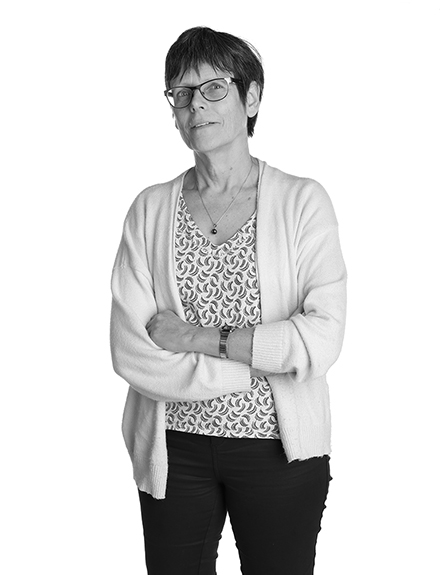| marie-hélène le ny |
|
photographiste |
|
"When
I was little, I was passionate about everything to do with science
- physics, astronomy, etc. I always felt like I was to become
a scientist. I went to an École Polytechnique and out
of 360 students we were only 18 girls - so we were quite united.
As I wanted to live and work in Brittany, I chose oceanography.
I did a thesis on Mesoscale eddies in the ocean before
joining the French National Centre for Scientific Research (CNRS).
These swirling rings, filaments and meanders are everywhere in
the ocean. What appealed to me was the numerical simulation of
the ocean in general and these eddies in particular. I was trying
to understand their role in transporting heat and salt in the
ocean. In the early 1990s, we upgraded the models using more
powerful computers. Some currents were even discovered in models
before being observed, such as the one we named East Reykjanes
Ridge Current. The Argo network is made up of small floating robots that crisscross the world's oceans to measure temperature and salinity profiles. Operational since the beginning of the 2000s, these 3000 floaters allow us to assess the warming of the ocean and to calculate the rise in sea level. I use these data and those from satellites to validate and improve the numerical models of which I have become a specialist. The use of these two data sources allow us to obtain more robust climate projections and to test hypotheses about the functioning of the ocean. Global warming is an inconvenient truth! The general level of awareness remains low and it puts democracy in danger. So I volunteered to participate in the IPCC studies. While marine organisms may adjust more easily than plants, many unknowns remain, such as the activation of certain viruses." |
|
||
|
Anne-Marie
Tréguier, |
|||
|
|
|
|
